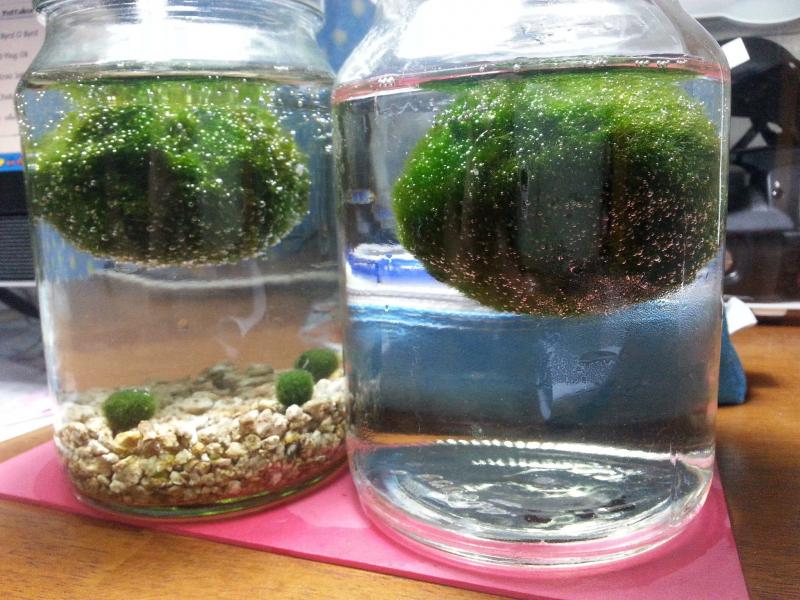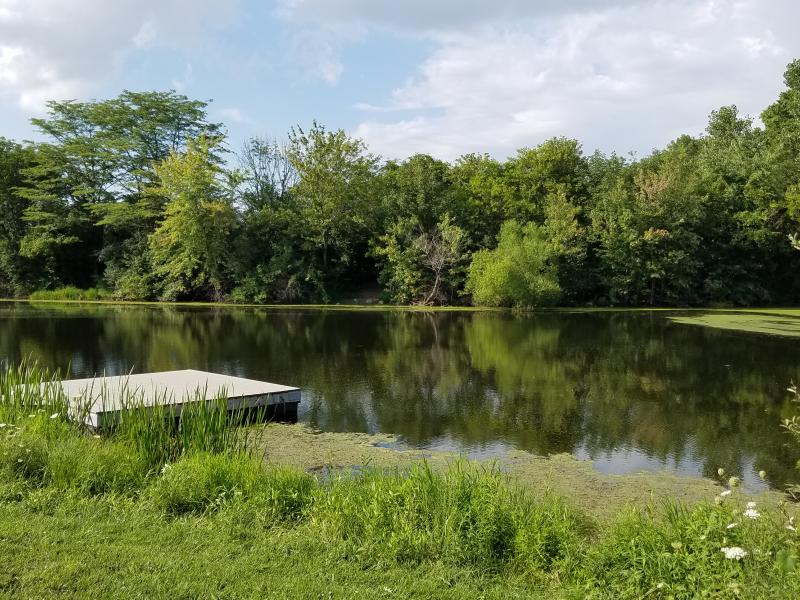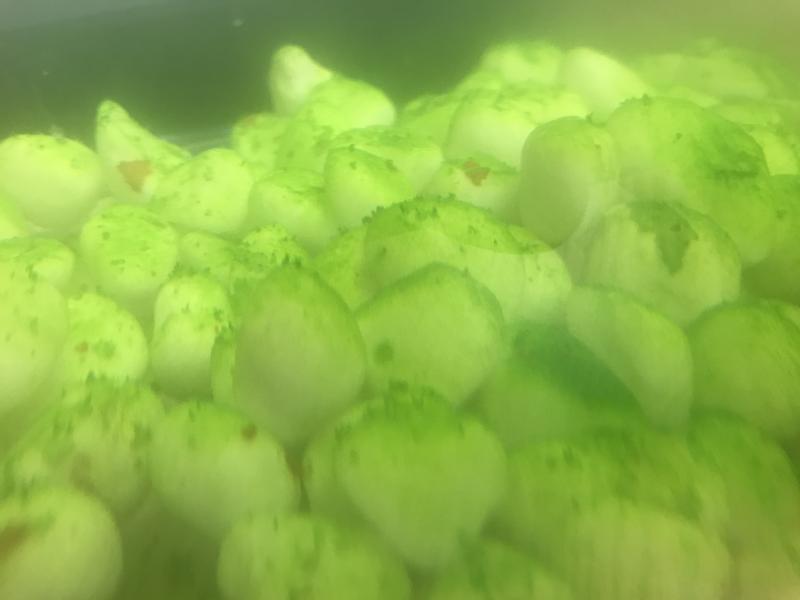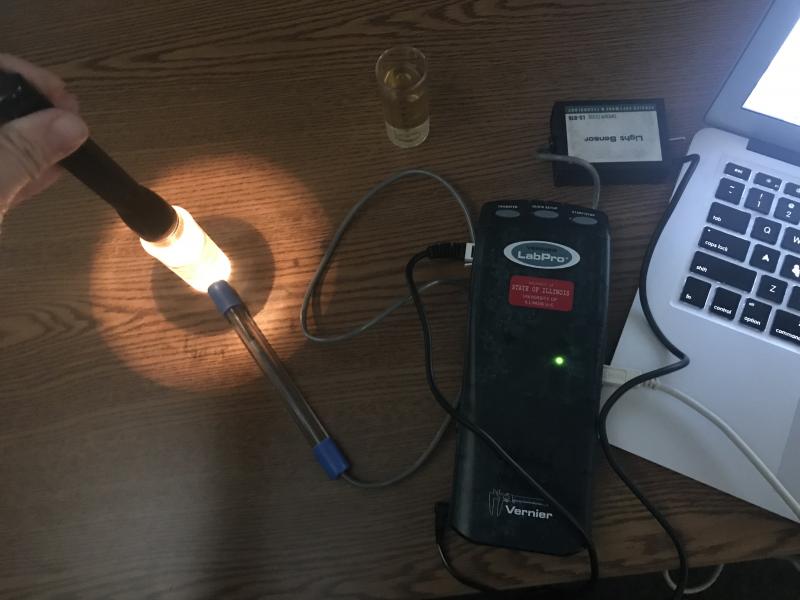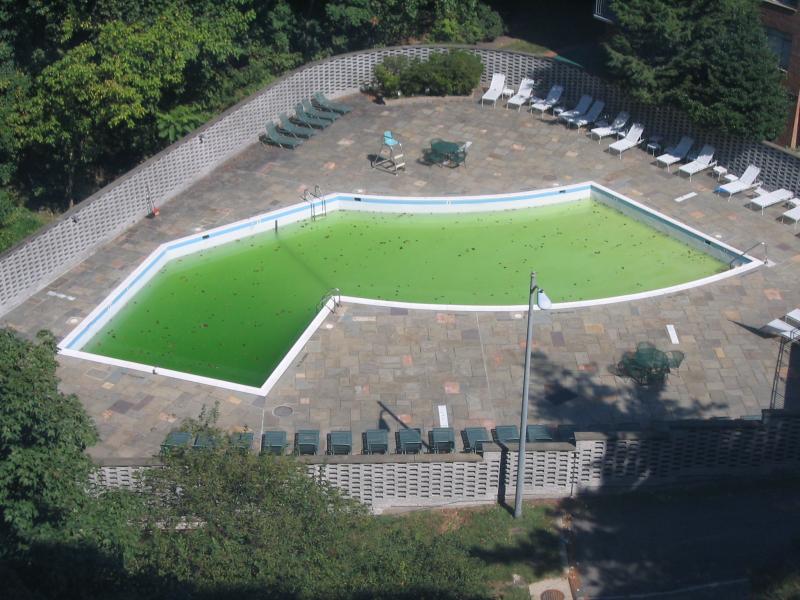About This Unit
Students investigate the phenomenon of an algal bloom on an Illinois pond. They compare and contrast pictures of the pond, one in the spring when no algal bloom is present, and one in the late summer in which the surface is green. The students share their related experiences, ask questions about the pond to develop a Driving Question Board (DQB), and determine ideas for investigations. Their questions drive the flow of the unit. Students plan and carry out own investigations to answer these questions, which includes growing algae in a variety of conditions. Students examine data and maps to ultimately inform the development of a community action plan to prevent algal blooms.
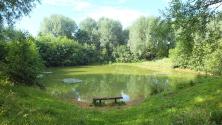
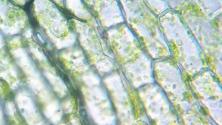
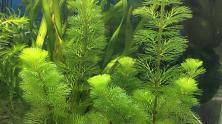
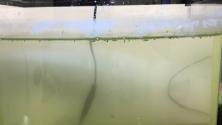
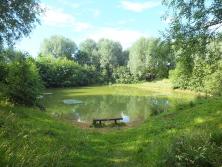

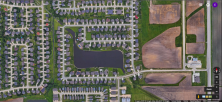
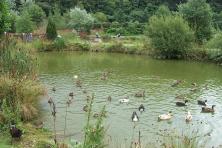
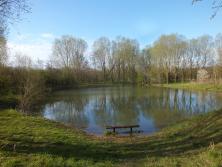
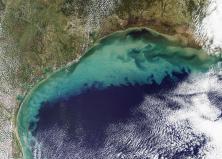

Teacher Guide
This document details the flow of lessons from the teacher perspective, including lab set-up and safety instructions, suggestions for discussion prompts, and examples of student work to assist in planning. Individual lessons from the Pathway document are included for reference, followed by detailed learning plans.
Student Activity Sheets
Lessons in the Teacher Guide reference specific activity sheets; you can find links to these sheets below. By making a personal copy of an activity sheet in Google Drive, you can modify it to suit your particular classroom's needs.
- Anchoring Activity: Used in Lesson 1 to help students organize their observations and questions about the anchoring phenomenon, a green pond.
- Investigation 1: Can We Grow It?: Used in Lesson 4 to design an investigation on algae's ideal growing conditions.
- Activity 2: Community Pollution: Used in Lesson 7 to explore how community pollution might contribute to algae growth.
- Final Models: A final assessment used to synthesize information learned throughout the unit into a working model of algae blooms.
Readings & Maps
Lessons in the pathway make use of additional materials such short readings and maps.
All Materials
You can find all of the materials listed above and more in our public Google Drive folder. These documents can be downloaded or copied into a private Google Drive and modified for classroom use.
Unit Resources
Interested in learning more about algae, surface water, and ecosystems? Looking for additional lessons and activities for other grade levels? The resources below take you to online simulations, related curriculum developed by others, factsheets about algae and surface water, and more!
